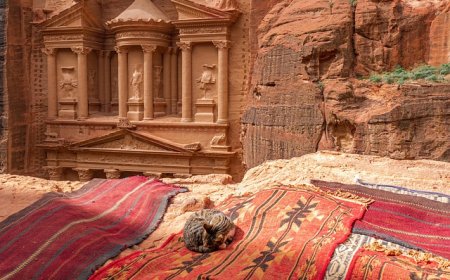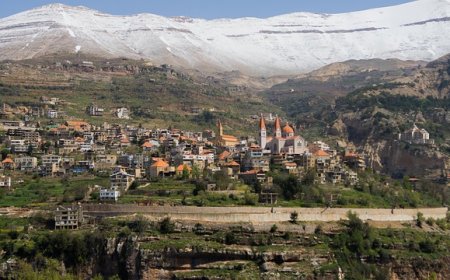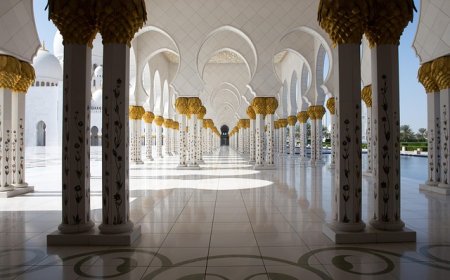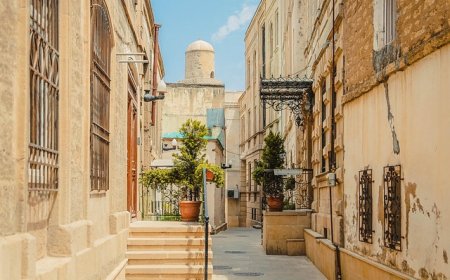Uzbekistan Geography, Culture, and History Along the Silk Road
Discover Uzbekistan for kids. Learn about deserts, Silk Road cities, and Uzbek culture. Includes fun facts, vocabulary words, and a quiz.
🇺🇿 Uzbekistan: Crossroads of the Ancient Silk Road
Introduction
Uzbekistan is a landlocked country in Central Asia, filled with ancient cities, colorful mosques, and long stretches of desert and steppe. It was once the center of the Silk Road, the trade route that connected China with Europe. This rich past has left behind beautiful cities like Samarkand, Bukhara, and Khiva, which today draw visitors from all over the world.
From the desert plains of the Kyzylkum to the cool mountains of the east, Uzbekistan is a land of tradition, history, and hospitality. Its people are proud of their culture, famous for music, dance, food, and colorful crafts.
Geography and Landscape
Uzbekistan is bordered by five countries: Kazakhstan, Turkmenistan, Kyrgyzstan, Tajikistan, and Afghanistan. The land is mostly made up of dry plains, desert, and mountains. The largest desert is the Kyzylkum, which means "Red Sand."
The country has a continental climate, meaning summers are very hot and winters can be freezing. Many areas rely on irrigation (watering crops with river water) because there is little rainfall.
One major environmental issue is the shrinking Aral Sea, which used to be one of the largest lakes in the world. Over the years, water was taken from rivers that fed it, and now it has almost disappeared. This has hurt fishing and the environment.
Cities and Regions
The capital city of Uzbekistan is Tashkent, a modern city with wide streets, museums, markets, and public art. It was largely rebuilt after a major earthquake in 1966, and today it's a mix of Soviet-style buildings and modern designs.
Some of the most famous cities in Uzbekistan are:
- Samarkand – one of the oldest cities in the world, filled with Islamic architecture and once home to ruler Tamerlane (Timur)
- Bukhara – known for its mosques, madrasahs (Islamic schools), and ancient markets
- Khiva – a walled desert city that looks like a history book come to life
These cities were major stops on the Silk Road, where traders exchanged goods, knowledge, and cultures for centuries.
People, Language, and Culture
Uzbekistan has about 36 million people, with most being ethnic Uzbeks. Other groups include Russians, Tajiks, Karakalpaks, and others. The official language is Uzbek, which uses the Latin alphabet. Russian is still widely spoken, especially in cities.
The majority religion is Islam, especially the Sunni branch. Most Uzbeks are moderate Muslims, and religion is often mixed with folk traditions, music, and art.
Uzbek culture is known for:
- Music and dance – with traditional stringed instruments and colorful costumes
- Textiles – like ikat fabric and Suzani embroidery
- Hospitality – guests are treated with great respect, and sharing food is very important
People often wear brightly colored clothing, and during festivals, neighborhoods come alive with music and dancing.
Food and Daily Life
Uzbek food is rich in flavors and made to be shared. The most famous dish is plov (or pilaf), made with rice, meat (usually lamb), onions, and carrots. It’s often served at weddings and holidays.
Other popular foods include:
- samsa – a baked pastry filled with meat or vegetables
- lagman – hand-pulled noodles in a meat and vegetable broth
- non – round, flat bread that is part of every meal
- green tea – served throughout the day and to every guest
People live in both modern apartments and traditional homes called mahallas, which are neighborhood communities that support one another.
Education is free, and children learn subjects like math, science, literature, and English. Many also learn music and traditional crafts in school or at home.
History of Uzbekistan
Uzbekistan has a long and exciting history. It was once part of ancient empires like Persia, Alexander the Great’s empire, and later the Islamic Caliphates. Its cities became centers of learning, trade, and architecture.
In the 1300s, Timur (Tamerlane) made Samarkand his capital and built it into one of the most beautiful cities in the world. Many of his buildings still stand today.
Uzbekistan became part of the Russian Empire in the 1800s and later the Soviet Union. During that time, factories, farms, and cities were built quickly, but religious and cultural practices were limited.
In 1991, Uzbekistan became an independent republic, and since then it has worked to modernize while keeping its culture alive.
Nature and Wildlife
Uzbekistan may seem dry, but it has beautiful nature. In the mountains, you’ll find juniper forests, wild goats, and eagles. In the desert, you might spot gazelles or desert foxes.
The Zarafshan Mountains and Tien Shan range in the east are good for hiking, skiing, and seeing rare plants. National parks help protect wildlife and offer eco-tourism experiences for visitors.
The government is also working to restore land damaged by the loss of the Aral Sea and to plant “green belts” that stop sandstorms and desert spreading.
Vocabulary List
| Word | Definition |
|---|---|
| Steppe | Flat, grassy land common in Central Asia |
| Plov | A traditional rice dish with meat and vegetables |
| Madrasah | An Islamic school for learning religion and other subjects |
| Silk Road | An ancient trade route linking Asia to Europe |
| Mahalla | A neighborhood community where people help one another |
| Ikat | A patterned cloth made using a special dyeing method |
| Tamerlane | A famous ruler of Samarkand known for building great cities |
| Irrigation | Moving water to dry land to help crops grow |
👧🧒 Kid-Friendly Summary
Uzbekistan is a country in Central Asia with deserts, mountains, and old cities from the Silk Road. People speak Uzbek and eat yummy food like plov and bread. Cities like Samarkand are full of history and colorful buildings.
The people love music, dancing, and treating guests like family. There are also cool animals in the desert and mountains. Uzbekistan is a land of stories, spices, and sunshine!
🧠 Interactive Quiz: What Do You Know About Uzbekistan?
1. What is the capital city of Uzbekistan?
A) Samarkand
B) Khiva
C) Tashkent
D) Bukhara
2. What is the national dish of Uzbekistan?
A) Biryani
B) Plov
C) Pizza
D) Sushi
3. What is a madrasah?
A) A bread oven
B) A mountain
C) An Islamic school
D) A music instrument
4. What desert is in Uzbekistan?
A) Gobi
B) Sahara
C) Kyzylkum
D) Sonoran
5. What famous trade route passed through Uzbekistan?
A) Panama Canal
B) Great Wall Trail
C) Silk Road
D) Inca Road
6. What is the main religion in Uzbekistan?
A) Buddhism
B) Islam
C) Christianity
D) Judaism
7. What alphabet is used to write modern Uzbek?
A) Arabic
B) Latin
C) Cyrillic
D) Chinese
8. What was Timur (Tamerlane) known for?
A) Building Samarkand
B) Inventing plov
C) Writing poetry
D) Exploring the Arctic





















































